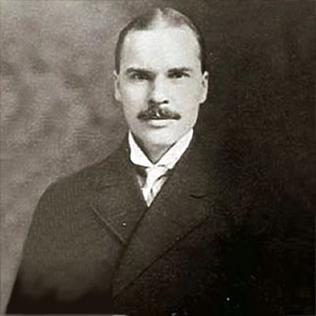
Morris Fuller Benton
Morris Fuller Benton (November 30, 1872 – June 30, 1948) was an American typeface designer who headed the design department of the American Type Founders (ATF), for which he was the chief type designer from 1900 to 1937.[1][2][3][4]
Morris Fuller Benton
June 30, 1948 (aged 75)
Type designer, business executive
Many of Benton's designs, such as his large family of related sans-serif or "gothic" typefaces, including Alternate Gothic, Franklin Gothic, and News Gothic, are still in everyday use.
Technology[edit]
In addition to his strong aesthetic design sense, Benton was a master of the technology of his day. He read mechanical engineering at Cornell University, graduating in 1896.[9] His father, Linn Boyd Benton, invented the pantographic engraving machine, which was capable not only of scaling a single font design pattern to a variety of sizes while compensating for the size change, but could also condense, extend, and slant the design (mathematically, these are cases of affine transformation, which is the fundamental geometric operation of most systems of digital typography today, including PostScript). Morris used these machines with his father at ATF, during which these machines were refined to an impressive level of precision.[10]
Theo Rehak, the current owner of much ATF typecasting equipment, and author of the definitive treatise Practical Typecasting, explains that the Bentons demanded that any deviation in machining or casting be within two ten-thousandths of an inch.[11] Most modern machine shops are equipped to measure down to one thousandth of an inch. As an advertising device, in 1922 ATF manufactured a piece of type eight points tall (0.11 inch) containing the entire Lord's Prayer in 13 lines of text, using a cutting tool roughly equivalent to a 2000-dpi printer.